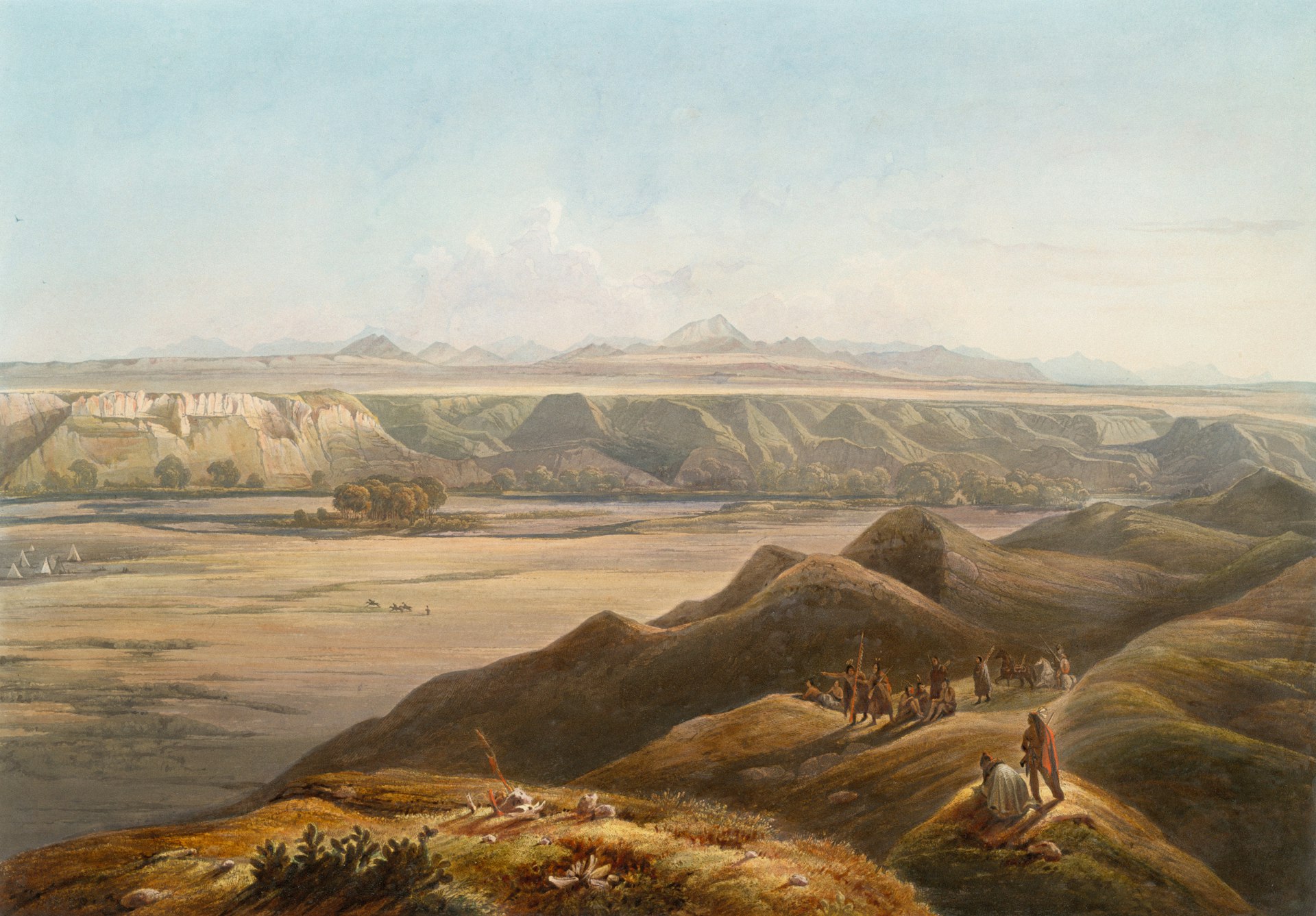Transforming Urban Spaces: Eco-Friendly Landscaping with Native Plants

Photo by Danist Soh on Unsplash
Introduction: The Power of Native Plants in Urban Landscaping
Eco-friendly urban landscaping with native plants is rapidly gaining momentum as city planners, homeowners, and property managers seek sustainable, low-maintenance solutions for their outdoor spaces. By using plant species that are naturally adapted to the local climate and soil, urban landscapes become more resilient, require fewer resources, and provide crucial habitats for local wildlife. This approach not only enhances the beauty of city spaces but also delivers tangible environmental benefits, making it a forward-thinking choice for communities of all sizes [1] .
Why Choose Native Plants for Urban Landscapes?
Native plants are species that have evolved and thrived in a specific region over thousands of years. Their deep adaptation to local conditions means they require less water, fertilizer, and maintenance than non-native varieties. This translates into significant cost savings for homeowners and municipalities while promoting a healthier, more balanced ecosystem [1] .
Key advantages of native plants in urban environments include:

Photo by Vivek Narayanankutty Nair on Unsplash
- Water Conservation: Native plant landscapes can reduce water usage by 40% or more compared to traditional lawns, thanks to their efficient use of rainfall and deep root systems [3] .
- Low Maintenance: Once established, native gardens need minimal mowing, pruning, or pest control, reducing both labor and equipment emissions [5] .
- Biodiversity and Wildlife Support: These plants provide essential food and shelter for local pollinators, birds, and beneficial insects, boosting urban biodiversity [1] .
- Reduced Chemical Use: Because native species are adapted to local pests and diseases, they typically require fewer pesticides and fertilizers, protecting waterways and public health [2] .
- Resilient Design: Native plants withstand droughts, floods, and local climate extremes, ensuring urban landscapes remain attractive and functional year-round [4] .
Planning Your Eco-Friendly Urban Landscape
Careful planning is key to successful native plant landscaping. Begin by assessing your site’s unique features-such as sunlight, soil type, and drainage patterns. Consider how you want to use your space: Do you need paths, seating areas, or privacy screens? Mapping these elements out will guide your plant selection and layout [4] .
Step-by-step guidance for getting started:
- Research Native Species: Consult local extension offices, conservation organizations, or the Lady Bird Johnson Wildflower Center for region-specific plant lists. These resources can help you select trees, shrubs, and perennials suited to your site’s conditions.
- Design for Diversity: Incorporate a variety of plant types and heights to create layers of interest and habitat. Grouping plants with similar water and light needs will ensure healthier growth and easier maintenance.
- Prepare the Site: Remove invasive species, test your soil, and amend it if necessary. Mulching with natural materials helps retain moisture and suppress weeds.
- Plant Thoughtfully: Follow recommended planting distances and timing for each species. Native plants often establish best in fall or early spring, when weather conditions are milder.
- Maintain with Care: Water deeply during establishment periods, then gradually reduce irrigation. Monitor for weeds in the first year but expect maintenance needs to drop significantly over time [3] .
Real-World Examples and Case Studies
Communities and homeowners across the country have transformed conventional lawns and public spaces into thriving native plant landscapes. For instance, several cities have replaced turf grass in parks with native wildflower meadows, resulting in dramatic reductions in water use and maintenance costs. Homeowners report lower utility bills and more vibrant gardens teeming with butterflies, bees, and birds [3] .
In one project, a residential yard conversion in the Midwest led to a 40% cut in water use and eliminated the need for chemical fertilizers. The garden quickly attracted monarch butterflies and native songbirds, providing both ecological value and year-round beauty. Public feedback from such projects consistently highlights the satisfaction of supporting local wildlife and enjoying a resilient, low-maintenance outdoor space.
Addressing Challenges and Finding Solutions
While the benefits are clear, implementing an eco-friendly landscape with native plants can pose some challenges. Property owners may need to invest time in plant research and site preparation. It is also important to source plants from reputable nurseries that do not sell invasive or non-native species. Native gardens may initially appear sparse, as many plants require a few seasons to reach full maturity. However, patience pays off as these landscapes become denser, more colorful, and easier to care for each year [1] .
To overcome these hurdles, consider connecting with local gardening groups, conservation agencies, or certified landscape professionals who specialize in native plant installations. Many regions have demonstration gardens or public workshops that offer hands-on guidance. Ask your local cooperative extension service for recommendations and support.
Accessing Resources and Expert Assistance
To get started with eco-friendly urban landscaping using native plants, you can:
- Contact your local cooperative extension office for plant lists and gardening advice. Use search terms like “native plants [your city/state] cooperative extension” for region-specific guidance.
- Visit local native plant nurseries-ask staff about suitable species for your property and how to ensure your plants are truly native and not cultivars.
- Engage with established organizations, such as the American Society of Landscape Architects (ASLA), which provides educational materials and case studies on native plant landscaping [2] .
- Look for public gardens, arboretums, or community programs promoting sustainable landscaping. Many offer seasonal tours or volunteer opportunities where you can learn by doing.
- Search for local environmental nonprofits or city government sustainability offices that may provide rebates or incentives for converting lawns to native habitats.
For those wanting professional support, consider searching for “native plant landscaper” or “sustainable landscape designer” in your area. Always verify experience and request examples of previous native plant projects.
Alternative Approaches and Enhancements
If a full conversion to native plants is not feasible, start by incorporating native species into existing beds or replacing high-maintenance turf with native groundcovers. Even small pockets of native plants can provide meaningful habitat and reduce maintenance. You can also combine rain gardens, permeable paths, and natural mulches to further improve stormwater management and environmental performance.
Remember, the transition to eco-friendly landscaping is a journey. Begin with manageable steps and expand your native plantings over time. Each addition brings new benefits to your property and your community.
Key Takeaways and Next Steps
Eco-friendly urban landscaping with native plants offers a proven path to sustainability, beauty, and long-term cost savings. By choosing locally adapted species, you support biodiversity, reduce pollution, and create resilient green spaces that thrive in your region’s unique conditions. Whether you are a homeowner, property manager, or city planner, resources and expert support are available to guide your journey. Start by researching native species, connecting with local experts, and planning a phased approach that fits your goals and budget.
References
- [1] Landbridge (2023). Exploring the Positive Environmental Benefits of Urban Native Landscapes.
- [2] American Society of Landscape Architects (2014). Applying Ecological Design: Native Plants.
- [3] JCB Designscapes (2025). How Native Plants Revolutionize Eco-Friendly Landscape Design.
- [4] Big Sky Landscapes (2025). How Can Native Plants Enhance Eco-Friendly Gardens?
- [5] Outdoor Dreams (2021). Benefits of Landscaping with Native Plants.



